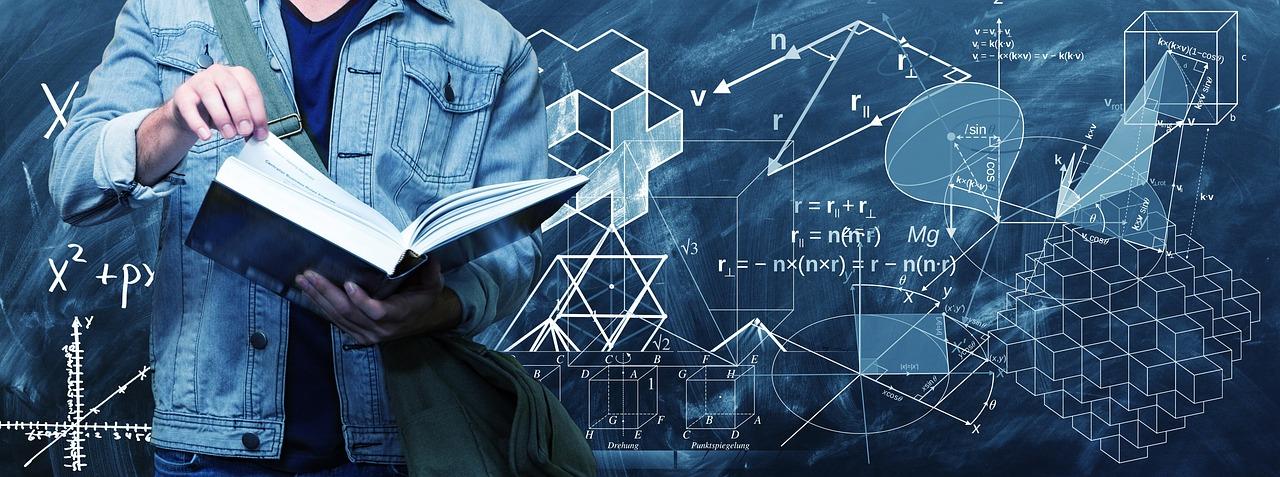
Using Mathematical Models in Engineering and Science –Using Gears to Learn About Ratios and Proportions
by Kathy Hartley
In this lesson, students will explore the concepts of gear ratios and proportions. They will construct a working gear system and observe how the ratio between gears affects their motion. They will use proportional relationships to find the ratios between different gears in a system.
Lesson Plan Link/URL
https://docs.google.com/presentation/d/1odusKX4wvCPBXBAjJOkgxesnPmBDnysp/edit?u…Subject Area
Science Physical Science P2: Objects at a Distance P3: Net Force Engineering S3: Apply Mathematics to Engineering Mathematics Ratio and Proportion (RP) Expressions and Equations (EE) English Language Arts (ELA) Speaking & Listening
Featured
Off
Related Content

Grades:
6th Grade, 7th Grade, 8th Grade, 9th Grade
The students will be working and pretending that they work for an engineering company that is designing a bridge. The Department of Transportation wants to see a model of the bridge, so they will be

Grades:
6th Grade, 7th Grade, 8th Grade
Notes Prerequisites: This lesson requires prior experience with Edison Robots. Context: This lesson can be taught to a single class or used in an after-school coding/robotics club. Students should be

Grades:
6th Grade, 7th Grade, 8th Grade, 9th Grade
Students will create Rube Goldberg machines from simple machines in this engaging lesson. The teacher can determine materials such as wooden planks, paper towel rolls, bottle caps, marbles, cardboard